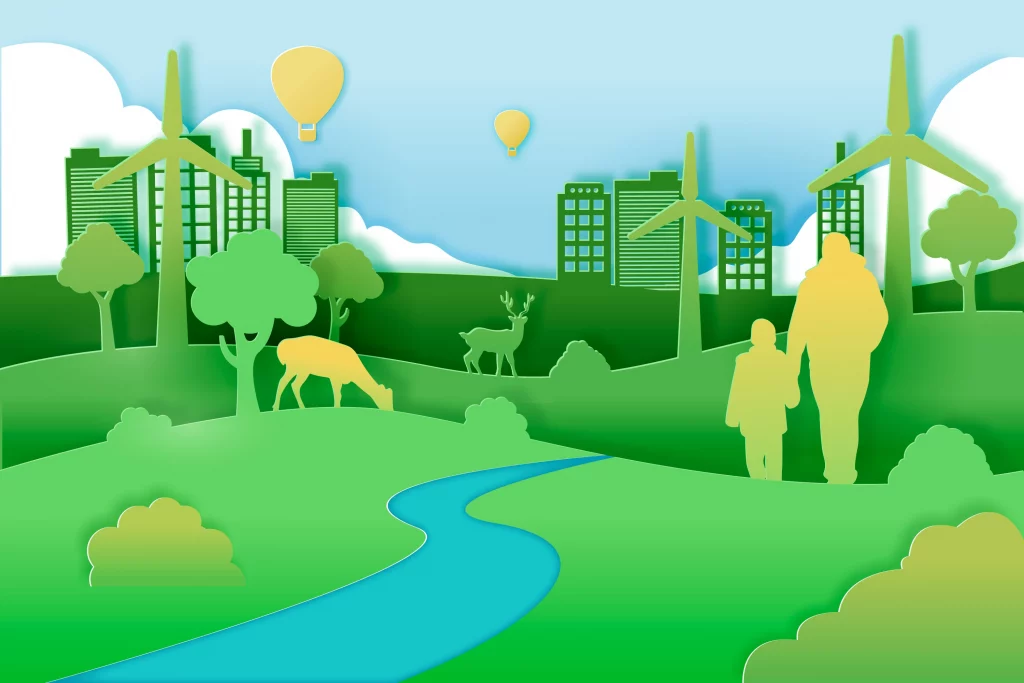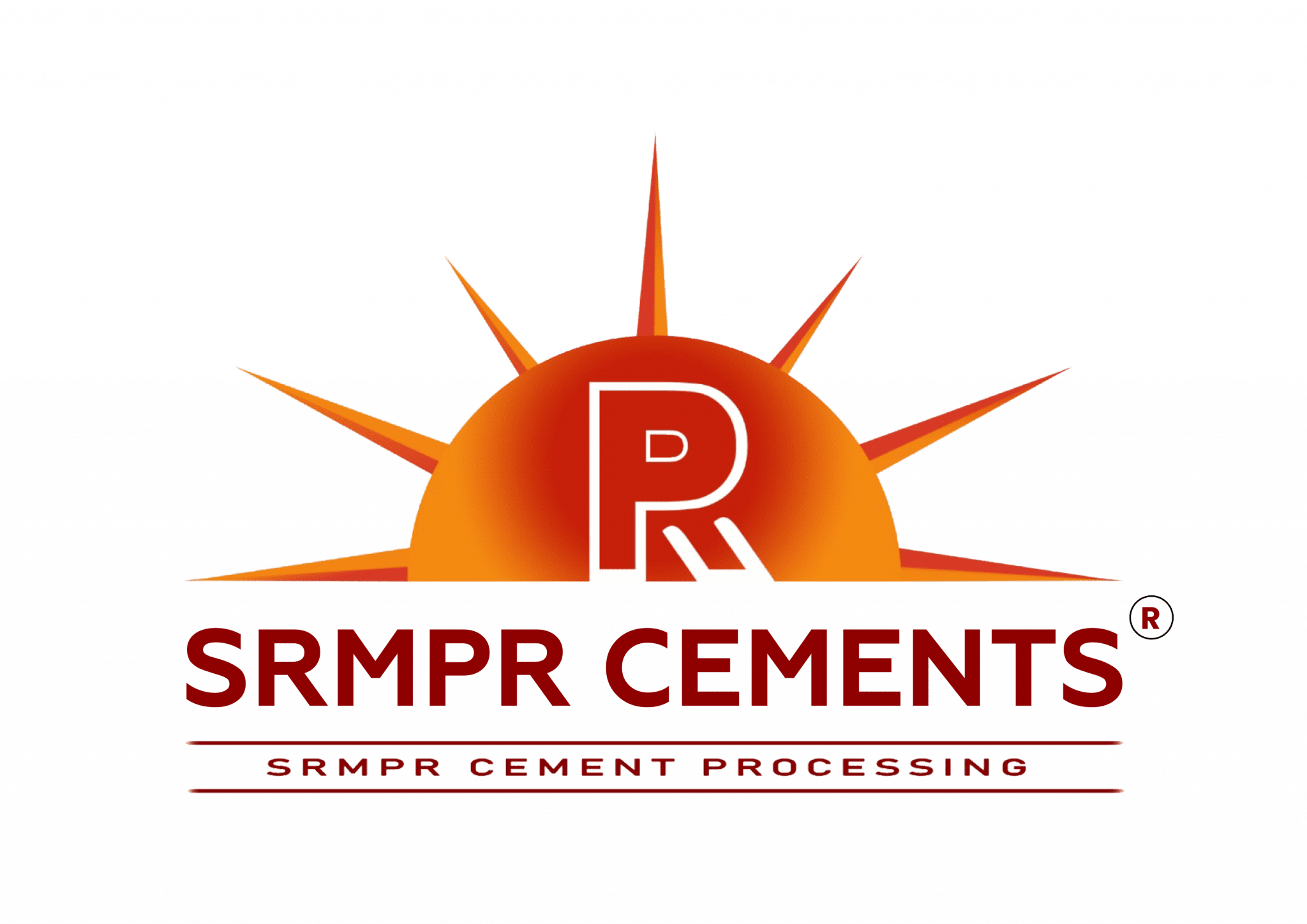Sustainable architecture is gaining momentum as we strive to create environmentally friendly and energy-efficient structures. One key player in this movement is cement, a versatile building material that, when used thoughtfully, can contribute to sustainable construction practices. In this beginner’s guide, we’ll explore the basics of how to use cement properly in sustainable architecture, breaking down the process into easy-to-understand steps.
Understanding Sustainable Architecture
Sustainable architecture aims to reduce the ecological footprint of buildings throughout their entire life cycle. This includes everything from the selection of materials to the energy efficiency of the structure. Cement, a primary ingredient in concrete, plays a crucial role in sustainable architecture when used judiciously and with an eco-friendly mindset.
Choose Eco-Friendly Cement
Not all cements are created equal. When embarking on a sustainable construction project, it’s essential to choose eco-friendly cement options. Look for types of cement that incorporate recycled materials, such as fly ash or slag, which reduces the overall environmental footprint. Additionally, consider using locally sourced cement to minimize transportation-related emissions.
Optimize Mix Design
The mix design of concrete significantly influences its environmental impact. By optimizing the mix, you can enhance the strength and durability of the concrete while using less cement. This not only conserves resources but also reduces the carbon emissions associated with cement production. Work closely with a structural engineer to develop a mix design that meets your project’s requirements while prioritizing sustainability.
Utilize Supplementary Cementitious Materials (SCMs)
Supplementary Cementitious Materials (SCMs) are materials that can be added to cement to enhance its performance and reduce its environmental impact. Typical supplementary cementitious materials (SCMs) comprise substances such as fly ash, slag, and silica fume. These materials not only improve the durability and strength of concrete but also contribute to the reuse of industrial by-products, making the construction process more sustainable.
Embrace High-Performance Concrete
High-performance concrete is a type of concrete that provides enhanced durability, strength, and resistance to environmental factors. While it may seem counterintuitive, using high-performance concrete can lead to a reduction in the overall amount of material needed for a project. This, in turn, contributes to sustainability by minimizing resource consumption and waste.
Prioritize Local Sourcing
Conveying materials across extensive distances adds to the release of greenhouse gas emissions. To reduce the carbon footprint of your project, prioritize the use of locally sourced materials, including cement. Local sourcing not only supports the community but also minimizes the environmental impact associated with transportation.
Implement Green Construction Techniques
In addition to optimizing the materials used, consider implementing green construction techniques that further enhance sustainability. For example, explore the use of insulated concrete forms (ICFs) that provide energy efficiency by reducing heating and cooling needs. These forms utilize cement but also offer excellent insulation properties, contributing to the overall sustainability of the building.
Focus on Energy-Efficient Design
The design of the building itself plays a crucial role in sustainability. Optimize the layout to maximize natural light, reducing the need for artificial lighting during the day. Additionally, incorporate passive heating and cooling strategies to minimize reliance on mechanical systems. This holistic approach to design complements the sustainable use of cement and contributes to the overall energy efficiency of the structure.
Promote Proper Waste Management
Sustainable construction goes beyond the initial building phase; it extends to waste management. Implement proper waste disposal and recycling practices on the construction site to minimize the environmental impact. Recycle concrete waste when possible, and ensure that any unused materials are properly disposed of or repurposed.
Consider Alternative Building Materials
While cement is a staple in construction, exploring alternative building materials can also contribute to sustainability. Investigate options such as bamboo, recycled steel, or engineered wood for certain applications. By diversifying the materials used, you can create a more sustainable and resilient structure.
In conclusion, harnessing the power of cement in sustainable architecture is a journey that involves careful consideration of materials, design, and construction techniques. By choosing eco-friendly cement, optimizing mix designs, and incorporating supplementary materials, you can create structures that are not only visually appealing but also environmentally responsible. Embracing sustainability in construction is a step towards a greener and more resilient future, where buildings harmonize with nature rather than deplete its resources.



